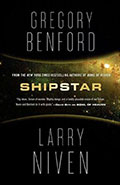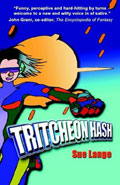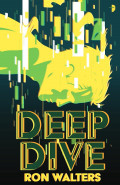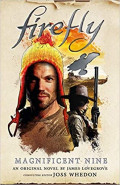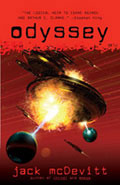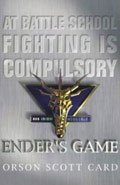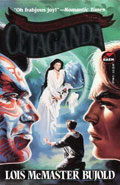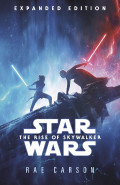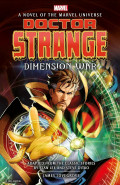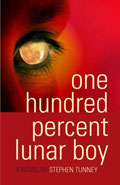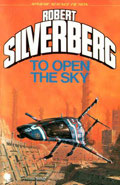Electric Dreams
By Philip K Dick

- Electric Dreams
-
Author: Philip K Dick
-
Publisher: Gollancz
- ISBN: 978-1473223288
- Published: September 2017
- Pages: 224
- Format reviewed: Paperback
- Review date: 23/10/2017
- Language: English
- Age Range: 13-
It's great to see Philip K Dick stories continue to be explored and consumed in different forms of media. His writing still popular long after his death. For those who aren't aware, the UK TV station Channel 4 (Broadcast in the US via Amazon Video) has started a new 10 part anthology series called Electric Dreams. It's based on PKD's short stories and it captures the authors imagination, ideas and voice perfectly.
It's nothing short of astounding and features a seriously impressive cast including Timothy Spall, Benedict Wong, Steve Buscemi, Mireille Enos, Anna Paquin, Terrence Howard, Madden and Holliday Grainger (amongst others). The series celebrates the writing of PKD for the 21st century audience, thanks to some talented script-writing.
Gollancz have kindly (and cleverly) published this Anthology in paper form so you can see PKD's original vision for each story. They haven't simply compiled these stories though. Each has an introduction from the scriptwriter who adapted it for the screen. This ties the book closely with the series and it's great to be able to watch the show, read about the differences and then read the original story.
The stories themselves vary in style and theme but each is a real gem of PKD fiction. These include:
Exhibit Piece
This brilliant piece of fiction is an early example of the authors exploration of the nature of reality and shifting perceptions. Set in the future, the protagonist is a historian specialising in the 20th Century. Alternatively he's a 20th Century man imagining life in the future. It's left ambigious as to which is the true reality (if there really is one).
Exhibit Piece was first published in the magazine If in 1954. In the TV series it's known as Real Life and has been adapted by Ronald D Moore. It's my favourite story in the collection and plays with the readers / viewers mind on just which reality is real. It stars Anna Paquin and Terrence Howard.
The Commuter
Our protagonist is a railway station worker who encounters a commuter who is looking to book a train ticket to a place that doesn't exist. Said commuter also has a tendency to disappear when further asked about the unknown town. Over time the protagonist pieces enough information together to take a journey himself and see first-hand if this place really does exist. It reminds me of China Meiville's work, especially the City and the City and shares that same twisted reality perspective.
The Commuter was originally published in the Amazing Stories magazine in1953. It's been adapted for the screen by Jack Thorne and stars the legendary actor Timothy Spall.
The Impossible Planet
This vision of the future describes one where humanity have spread to the stars. There is a lucrative business in space tourism where passengers can fly to different stars, planets and nebula. Norton and Andrews are two jaded tourist guides who strike it lucky when a 350 year-old Mrs Gordon, travelling from Riga to Formalhaut IX and accompanied by a robotic servant, offers them a small fortune to take her on a "one last trip" to Earth. Only problem is no-one knows where Earth is anymore, or even if it still exists.
The Impossible planet was originally published in 1953 in the magazine Imagination. Known on screen as Impossible Planet, it's been adapted and introduced by David Farr.
The Hanging Stranger
The Hanging Stranger was originally published within the magazine Science Fiction Adventure in 1953.
Known as Kill All Others, it's been adapted for TV by Dee Rees. It's one of those strange PKD stories that bend the mind as the protagonist increasingly questions his own judgement. One of the strangest stories in the collection, although don't let that put you off.
Sales Pitch
Sales Pitch is all about the increasingly intrusive nature of advertising. Ed and Sally are stuck in drudgery, Ed commuting every day to Ganymede and faced with constant advertising each way. He dreams of a new life on a new world around Proxima Centauri. Sally opens the door to a robot who forcibly sells itself and refuses to leave the house until they agree to buy him.
Written in 1954 the story was way ahead of it's time and little undertood by the audience - after all in mid-1950's America advertising was still fairly mild, if beginning to grow. They also had issues with the tone. It's not exactly a happy, upbeat story. I love the humourous start that slowly darkens as the story progresses.
The TV version bears little resemblence to the book, although it's still a great story with actor supremo Steve Buscemi making it unmissable.
Sales Pitch was first published the Future Science Fiction. Known as Crazy Diamond, it's been adapted for the screen and is introduced by Tony Grisoni.
The Father-thing
Another story that carries asks the question "What does it mean to be human?", The Father-thing focuses on eight year-old Charles. Charles' father is replaced by a replicant with the intent that no-one will notice. This theme was popular in the mid-1950's (and still crops up today) when the story was written with films such as Invasion of the body snatchers and The Thing from another world (based on the 1938 story Who Goes There by John W. Campbell) capitalising on the popularity.
The Father-thing is different in the approach though, it's much more personal and more powerful as a result. It's been adapted for TV by Michael Dinner - director and producer of the classic TV series The Wonder Years.
The Hood Maker
We are in a future authoritive regime known as the "Free Union", a future where a small percentage of the population (known as Teeps) have developed telepathic abilities. Teeps are shunned and discriminated against by much of society, forced to live in ghettos. Teeps are also used by the government to help control the population and keep people in line. Teeps who do this have a "handler" to keep themselves in line. The title refers to a mysterious individual who makes telepathic-proof hoods who distributes them throughout the city, much to the chagrin of the government.
The Hood Maker was originally published in 1955 in the magazine Imagination. It's been adapted for the screen and introduced by Matthew Graham.
Foster, You're Dead!
The story is set in the relative future of 1971 and is a satire on the popular 1950's themes of consumerism and cold-war anxiety. In this future, most people have their own Bomb Shelter and contribute to nuclear war preperations. The young Mike Foster's parents however are part of a movement against such actions, Mike fears that should the worst happen he won't have a shelter.
Foster, You're Dead, known as Safe and Sound on the Channel 4 series, has been adapted by Kalen Egan and Travis Sentell.
Human Is
Set in a future where the Earth is known as "Terra" and life has been found, not all of it friendly. Humanity becomes more war-like, living in a harsh landscape of survival. That doesn't excuse the behaviour of Jill Herricks husband Lester who's emotionally abusive behaviour changes after returning from a survey mission to Rexor IV. As you might expect from the title, this clever little story examines what it is to be human.
First published in Startling Stories in 1955, it's been adapted and introduced by Jessica Mecklenburg, writer and co-executive producer of Stranger Things.
Autofac
Autofac, first written in 1955, is one of the first stories to describe self-replicating machines. An apocalypse has left few survivors along with a network of robot "autofacs" (Automatic Factories) who provide supplies to the people. It's been adapted by script-writer Travis Beacham.
Written on 23rd October 2017 by Ant .
